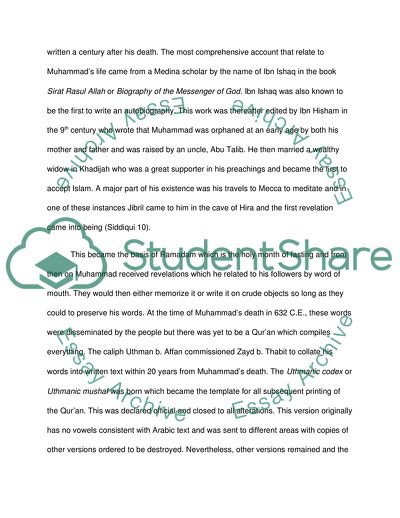Cite this document
(How to Read the Quran Book Report/Review Example | Topics and Well Written Essays - 2500 words - 1, n.d.)
How to Read the Quran Book Report/Review Example | Topics and Well Written Essays - 2500 words - 1. https://studentshare.org/religion-and-theology/1843734-book-review
How to Read the Quran Book Report/Review Example | Topics and Well Written Essays - 2500 words - 1. https://studentshare.org/religion-and-theology/1843734-book-review
(How to Read the Quran Book Report/Review Example | Topics and Well Written Essays - 2500 Words - 1)
How to Read the Quran Book Report/Review Example | Topics and Well Written Essays - 2500 Words - 1. https://studentshare.org/religion-and-theology/1843734-book-review.
How to Read the Quran Book Report/Review Example | Topics and Well Written Essays - 2500 Words - 1. https://studentshare.org/religion-and-theology/1843734-book-review.
“How to Read the Quran Book Report/Review Example | Topics and Well Written Essays - 2500 Words - 1”. https://studentshare.org/religion-and-theology/1843734-book-review.


